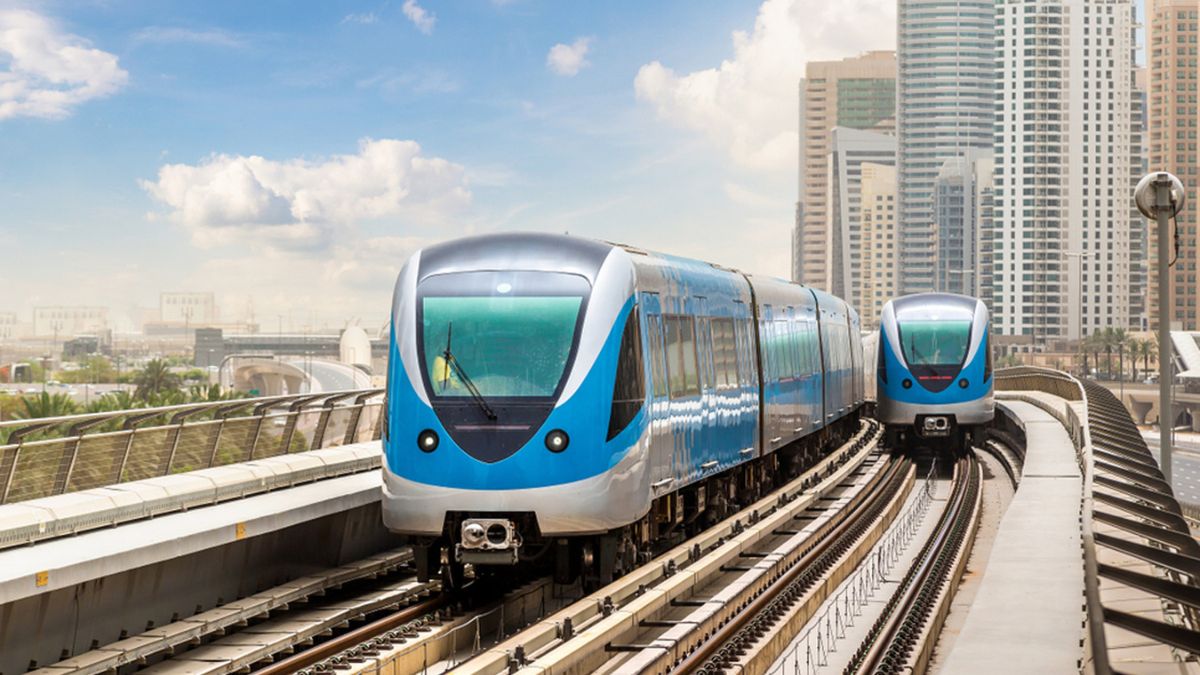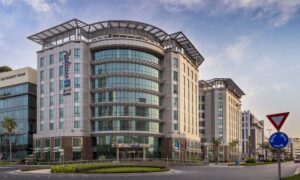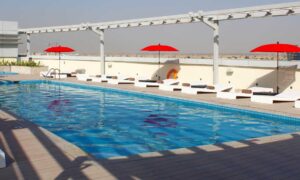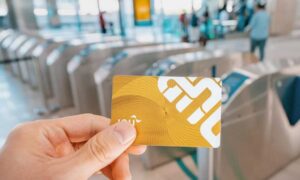The recent announcement by the Roads and Transport Authority (RTA) regarding the new Y junction on the Dubai Metro Red Line has stirred anticipation among commuters. Starting April 15, passengers will no longer have to endure the inconvenience of switching trains at Jabal Ali station. This development is poised to revolutionize the daily commute for thousands of residents and visitors alike.
Enhanced Efficiency and Convenience
For many Dubai Metro riders, the prospect of bypassing Jabal Ali station signifies a significant improvement in their daily transit experience. Take, for example, Kurt Cervales, a Dubai resident who commutes from Ibn Battuta station to Sobha Realty station on a regular basis. Like many others, Cervales has often found himself inconvenienced by the need to disembark at Jabal Ali, just a single stop away from his boarding point. With the introduction of the new Y junction, such interruptions will become a thing of the past, allowing commuters to enjoy a seamless journey from start to finish.
Streamlined Service Routes
The implementation of the Y junction brings about a fundamental change in the operational dynamics of the Dubai Metro Red Line. Previously, all trains from Centrepoint station would proceed directly to Expo 2020 station, necessitating a transfer for passengers traveling between Ibn Battuta and UAE Exchange. However, with the advent of the Y junction, the Red Line will now boast two distinct service routes: one leading to Expo 2020 station and the other to UAE Exchange station. This bifurcation of routes promises greater flexibility and efficiency, catering to the diverse travel needs of commuters across the city.
Alternating Train Operations
In order to ensure smooth operation and optimal utilization of resources, the two service routes will be serviced alternately by Dubai Metro trains. This means that commuters will need to remain vigilant and attentive to digital displays, signboards, and station announcements to ensure they board the correct train. While this may require a degree of adjustment for some passengers, the overall benefits in terms of reduced journey times and improved service quality are expected to outweigh any initial challenges.
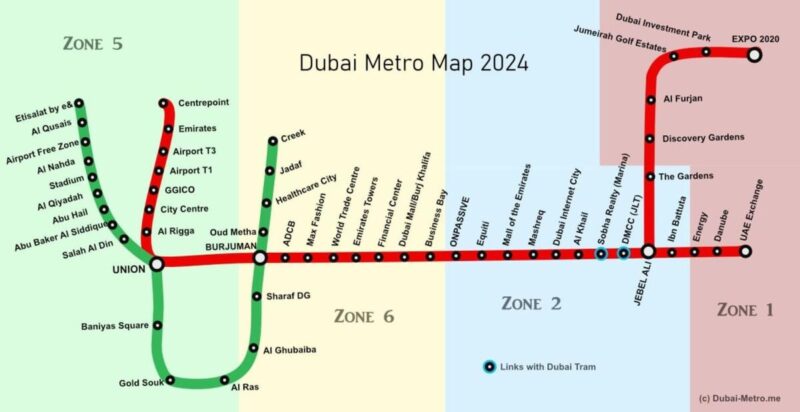
Anticipated Benefits and Implications
The introduction of the Y junction is not merely a logistical adjustment but a strategic initiative aimed at enhancing the overall passenger experience on the Dubai Metro. By reducing congestion at key interchange stations such as Jabal Ali, the RTA aims to alleviate overcrowding, minimize waiting times, and optimize energy consumption. Hassan Al Mutawa, the director of rail operations at RTA, underscored the potential benefits of the new system, emphasizing its capacity to enhance operational efficiency while simultaneously reducing environmental impact.
Looking Ahead: A Smoother Commute for All
As Dubai continues to grow and evolve as a global hub for commerce, tourism, and innovation, the importance of efficient and reliable public transportation cannot be overstated. The introduction of the Y junction on the Dubai Metro Red Line represents a significant step forward in this regard, signaling a commitment to continual improvement and innovation in urban mobility. By prioritizing the needs of commuters and leveraging cutting-edge technology, the RTA is poised to deliver a transportation experience that is not only efficient but also enjoyable and sustainable for years to come.
Conclusion
In conclusion, the implementation of the new Y junction on the Dubai Metro Red Line heralds a new era of convenience, efficiency, and reliability for commuters across the city. With streamlined service routes, alternating train operations, and anticipated benefits in terms of reduced congestion and energy consumption, the new system promises to redefine the urban transit experience in Dubai. As passengers prepare to embark on their journeys starting April 15, they can look forward to a smoother and more seamless commute, courtesy of the innovative efforts of the RTA.

